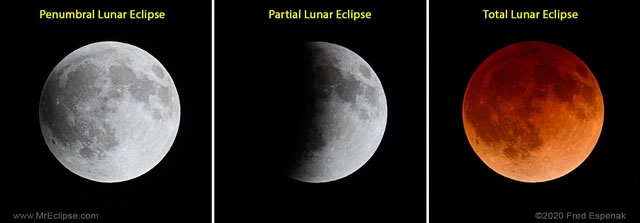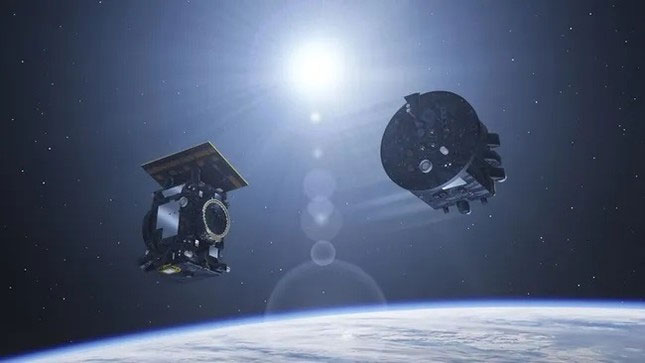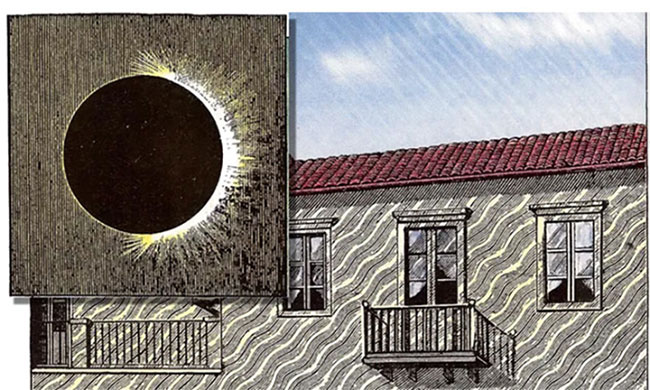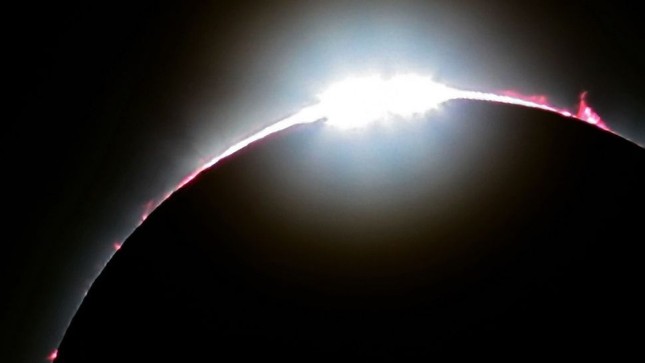The longest total solar eclipse on record took place more than 2,700 years ago, lasting 7 minutes and 28 seconds, just a few seconds short of maximum .
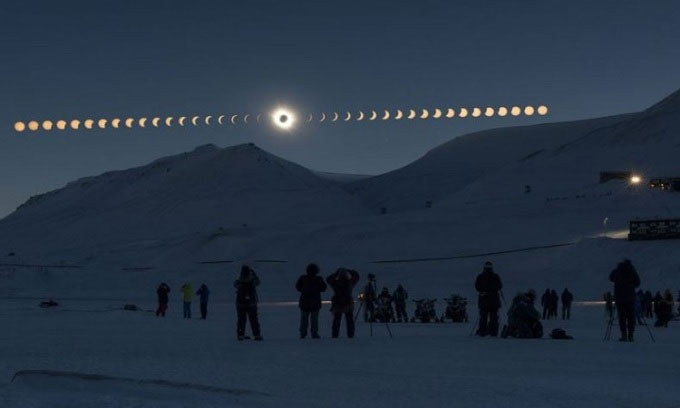
Simulate the phases of a total solar eclipse. (Photo: Earthsky).
On April 8, 2024 , observers in parts of Mexico, the United States, and Canada will be able to see a total solar eclipse, while all of North America will be able to see at least a partial solar eclipse . The maximum length of totality – when the Sun is completely obscured by the Moon – will be 4 minutes 28 seconds , occurring near the village of Nazas, northwestern Mexico. This level is relatively long, but still far below the record for the longest total solar eclipse in history.
The longest total solar eclipse ever recorded was 7 minutes and 28 seconds, which took place on June 15, 743 BC in the Indian Ocean, waters off the coast of Kenya and Somalia, Africa, according to NASA.
Mathematically, the longest possible total solar eclipse on Earth is 7 minutes and 31 seconds, according to astronomer Jean Meeus. The event could occur within 5 degrees north of the equator in July, when the Sun is at its farthest point from Earth and appears smaller in the sky, and the Moon is at its closest point to Earth.
There is no record of such a prolonged solar eclipse occurring, at least in the past few thousand years. But more than 150 years from now, an event approaching this scale could occur. Scientists have calculated a total solar eclipse in the distant future. Accordingly, the solar eclipse in the Atlantic Ocean, off the coast of French Guiana on July 16, 2186 is expected to have a period of totality lasting 7 minutes and 29 seconds.
“During the 2186 solar eclipse, the Moon’s shadow will appear above the center of the Earth. The Moon will be very large because it is relatively close, and the Sun will be very small because it is far away. All of this combined together, making the totality period of the 2186 solar eclipse especially long,” said eclipse expert Dan McGlaun.
Although the longest total solar eclipse in history occurred thousands of years ago and an even longer eclipse will not occur for more than 100 years, observers can “cheat” if supersonic aircraft are available. On June 30, 1973, 7 scientists on the supersonic aircraft Concorde 001 flew at a speed of Mach 2 (twice the speed of sound) to extend the total solar eclipse observation time from 7 minutes 4 seconds to astonishing number: 74 minutes.
- Learn about Solar and Lunar Eclipses
- Famous solar eclipses in history
- One of the most fascinating astronomical phenomena in history will become extinct



